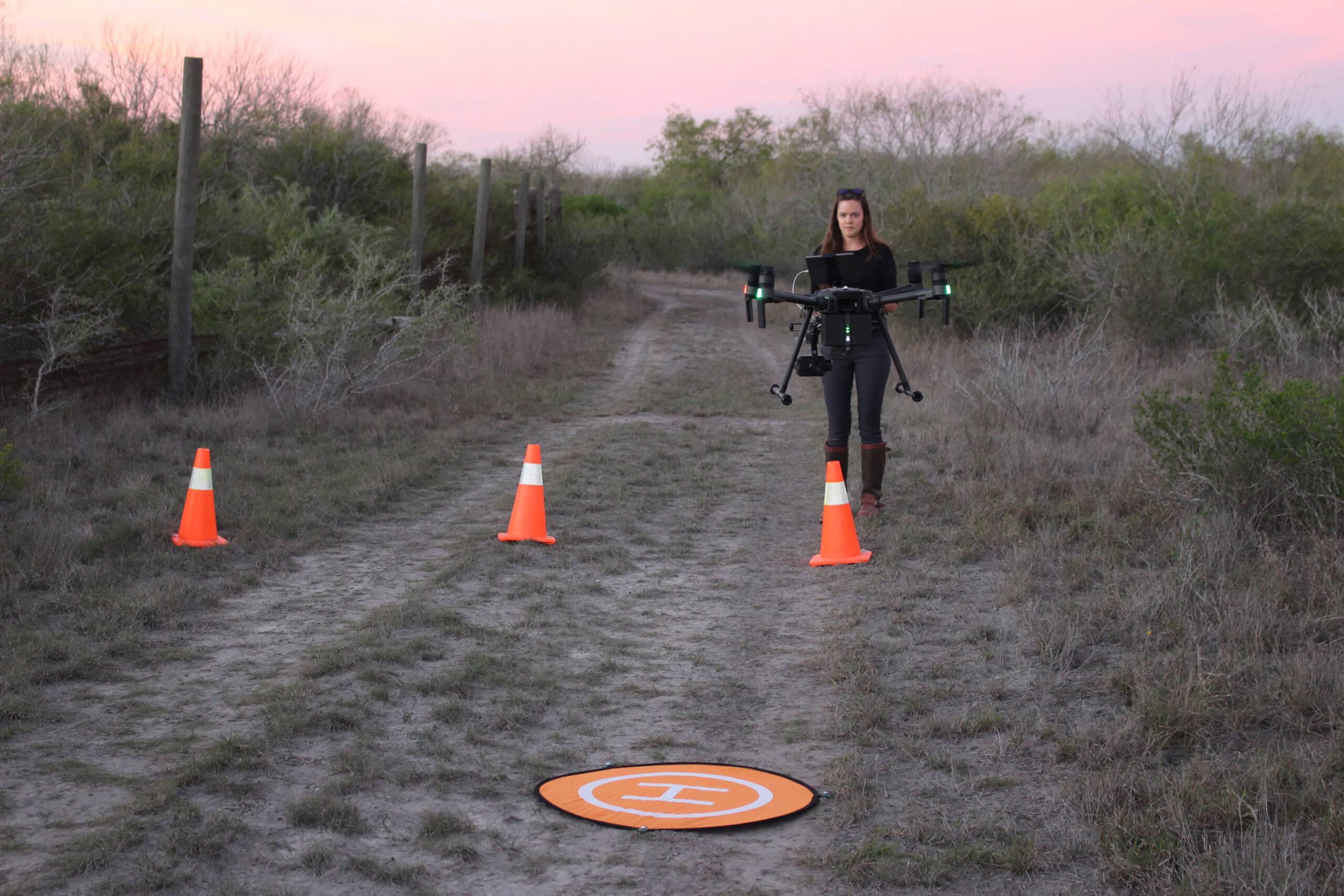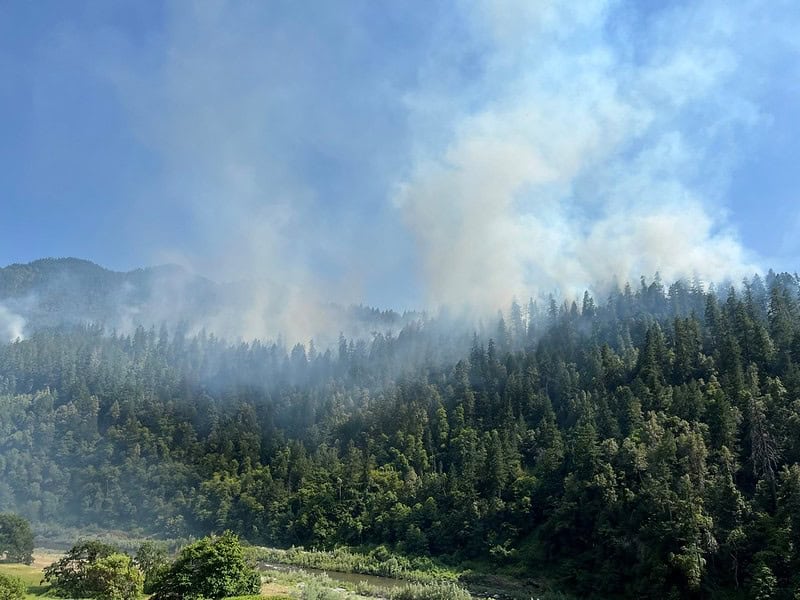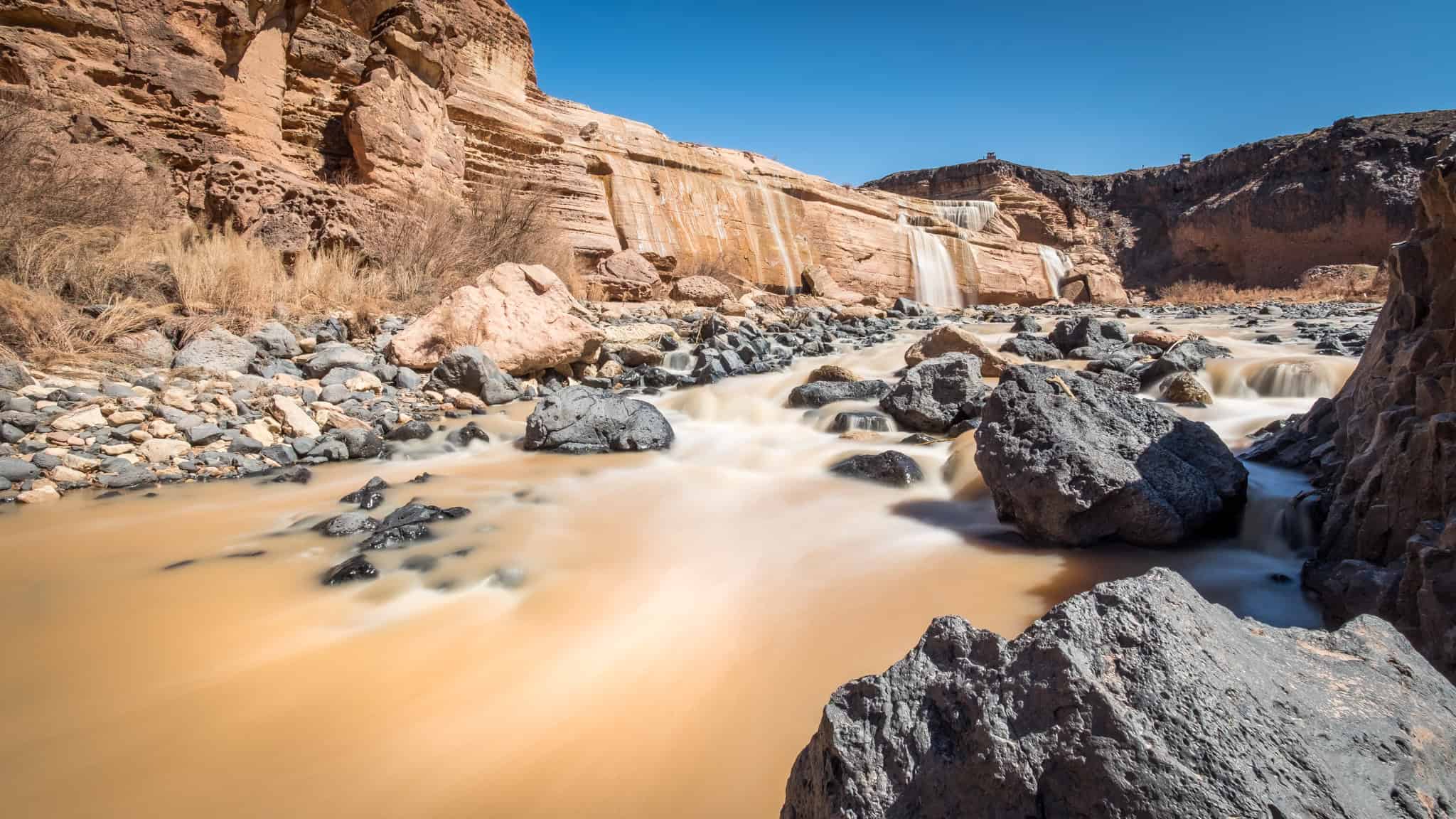Share this article
Horse Rich & Dirt Poor
Support a healthy ecological balance on your public lands!
Explore the effects of America’s overpopulated wild horses and burros on wildlife, public lands, and ecosystems as you travel through Nevada with wildlife ecologist Charles Post.
Charles spends time in the field with wildlife biologists and researchers to examine meadows destroyed as a result of too many horses, and contrasts those with areas where a diversity of native plants and wildlife thrive. He also examines how overgrazing caused by excess horses impacts the sagebrush ecosystem and riparian areas, effecting the habitats of greater sage-grouse and Lahontan cutthroat trout. Post also visits a holding facility for horses gathered and removed from the range by the Bureau of Land Management and speaks with a former Chief of BLM’s Wild Horse and Burro program about the value of public lands, the challenges of wild horse and burro management, and the risks of continuing to let horse and burro populations grow.
Wild horses and burros are non-native species in North America and can damage wildlife habitats when their populations exceed ecologically sustainable levels. The Bureau of Land Management and the U.S. Forest Service are tasked with managing wild horses and burros in designated areas to sustain a “thriving natural ecological balance,” but there are currently more than 3-times the target population of wild horses and burros on our public lands.
Wild horse and burro management needs to be improved to protect our native wildlife, public lands, and ecosystem health.
Cinematography and editing by Phillip Baribeau. Co-Directed by Charles Post and Ben Masters.
Want to learn more about wild horses and burros and their ecological impacts? Start here!
Resources from The Wildlife Society:
- Fact sheet on Effects of an Invasive Species: Feral Horses and Burros
- Issue statement on Feral Horses and Burros in North America
- List of scientific articles from TWS journals
- Wildlife and conservation news related to the management of wild horses and burros
Other resources:
- Human-Wildlife Interactions journal, Special Topic: Wild Horse and Burro Management
- BLM’s National Wild Horse and Burro Advisory Board
- The National Horse & Burro Rangeland Management Coalition, and their 2016 Testimony to Congress.
- 2008 GAO report on BLM’s Wild Horse and Burro Program
- 2013 study of BLM’s Wild Horse and Burro Program by the National Academies of Science. Find a short summary of the report here.
- A four-part series of articles in National Geographic written by Ben Masters, published in 2017 and presenting his experiences, research, and interviews on the controversial wild horse and burro issue in the United States:
Part 1: Wild Horses, Wilder Controversy
Part 2: The Consequences of Doing Nothing
Part 3: Can Fertility Control be the Solution?
Part 4: The Future of America’s Wild Horses: The Options
Header Image: Intense drought conditions are causing springs and vegetation to dry up, impacting the American West’s wild horses.©BLM Nevada








